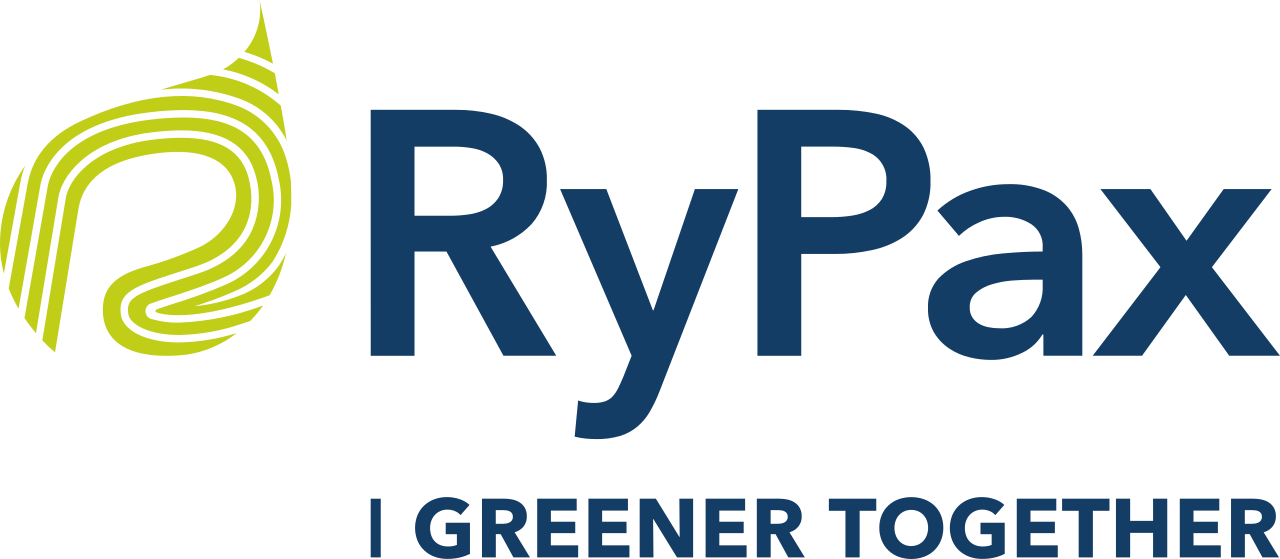Innovative packaging solutions are gaining momentum with many brands. One of these new approaches — smart packaging — uses digital tools to help brands meet core consumer needs and expectations. Smart packaging improves the user experience by ensuring product quality and integrity, conveying important information, and providing end-users a wide range of other benefits. It also helps businesses collect data to gain insights into inventory management, product life cycles and consumer behavior. Green smart packaging options can even help both consumers and businesses achieve greater sustainability.
Smart packaging basics
Using new materials and innovative designs, smart packaging addresses core packaging needs and provides benefits to both consumers and businesses. Most notably, it embeds a wide range of technologies — including radio-frequency identification (RFID) tags, Bluetooth tags, near field communication (NFC) chips, and quick response (QR) codes — into products.
Smart packaging addresses fundamental consumer needs, including:
- Product integrity, quality and safety. By using embedded technologies, smart packaging assures wholesalers, retailers, and consumers that a product is authentic. It also deters counterfeiters from introducing fake products into the marketplace, which protects consumers and helps businesses protect their bottom lines.
- The primary function of smart packaging in many use cases is delivering important facts and marketing messages to consumers. Tags, chips, and codes provide critical information, allowing consumers to research the product in the store. Consumers can determine whether the product is suitable for their needs and then receive guidance on how to use the product or reminders when to use the product (especially medications), that a product is approaching its expiration, or that supplies need to be replenished.
It also provides a wide range of business benefits:
- Inventory management. Smart packaging makes product tracking more effective and efficient, providing visibility on the location of packages. Businesses can make sure that each package is where it’s supposed to be, which helps minimize write-offs.
- Business intelligence. Some of the technologies commonly embedded in smart packages enable businesses to collect data on product and customer behavior. This information helps them better understand customer behavior, which helps improve products, focus marketing efforts, and refine brand messaging.
- Smart packaging provides brands a new, effective, cost-efficient marketing channel. Embedded technologies enable marketers to engage customers at the point of sale with promotions and coupons, suggested uses, and other offers. It allows marketers to use smart technologies to develop educational and entertaining value-added features to reach prospective
customers and build on their relationships with current ones.
- Smart packaging technologies can be used in sustainable packaging options, including molded fiber, to meet a business’s green goals and reduce its carbon footprint.
How brands are using smart packaging
To help address core consumer needs and fulfill business objectives, brands are using smart packaging in a wide variety of ways. Here are a few examples of the ways consumers and businesses have benefited from new packing technologies:
- Avoiding counterfeit products: Scotch brand Johnnie Walker added NFC chips to its top-shelf Blue Label bottles. When customers waved their smartphones over the bottles, the chip confirmed the authenticity of the product. To boost engagement, the chip also offered customers promotions and cocktail recipes.
- Assuring product safety: A children’s milk formula brand embedded a QR code on the outside of its packaging that provided information to consumers, and another QR code inside the packaging provided security against counterfeiting.
- Providing information and engaging customers: To guide customer buying decisions, GlaxoSmithKline embedded NFC tags into product shelving units for one of its allergy medications. When customers tapped their NFC-enabled smartphones on the product display, the tag provided useful product information. Likewise, an Italian winery is using NFC chips embedded in their wine bottles’ aluminum screw-cap to provide digital content to consumers.
- Replacing printed expiration dates. A sensor included in food packaging indicates a product’s shelf life in real time.
- Displaying text and graphics. A smart packaging prototype for pharmaceutical products incorporated a digital display technology that provides critical information on a product in both text and graphics.
- Monitoring medication usage in clinical trials. A smart vial kit tracks when each vial in a box of medication is removed. The packaging can also monitor the temperature to ensure quality.
- Achieving sustainability goals. An electronics manufacturer used smart packaging that incorporated chatbot technology. This approach reduced the thickness of the user manual by 50%, shrank the box profile by 20%, and lowered storage and freight costs by 20%. In addition to improving the customer experience, the environmentally friendly molded fiber packaging provides greater sustainability.
The possibilities for using smart packaging for marketing and back-end purposes are nearly endless. For example, a brand can include a link to a chatbot in a QR code, enabling customers at the point of purchase or at home to scan the code with their smartphone’s camera to ask questions about the product and to engage with the brand.
The smart choice
Smart packaging provides brands with a new way to reach and inform their customers, while also making their own business processes more efficient. Many different technologies integrated into packaging are already helping consumers research products at the point of sale, alleviating their concerns about product quality and security, helping them follow guidance on how to use the product, and providing them with critical reminders. On the business side, brands can better monitor inventory, track supply chain issues, and gather business and marketing intelligence. By upgrading to smart, sustainable packaging, you expand your brand’s reach and uplift its image while giving your bottom line a boost.











